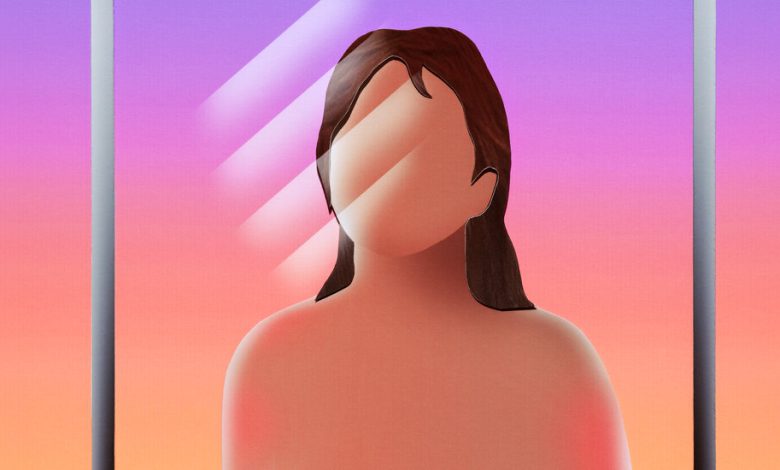She Was Told She Had an Untreatable Disease. But Did She?

The 40-year-old woman glared at the windows in her Lower Manhattan apartment. They were filthy. She wanted to wash them. God knows they needed it. But she couldn’t. She considered what it would take to do the job. First, she would have to be on her feet for maybe 20 minutes. Impossible. After standing for more than a few minutes, her legs would tremble with fatigue. She might have the strength in her arms to clean the lower half of a window — maybe one or two of them — but the top? Forget it. On her best day, she could lift her arms up over her head, but she couldn’t keep them up. Her muscles tired too quickly. No, if she wanted clean windows, she would have to hire someone. The thought was depressing. But it was that frustration that eventually led her back to the office of Dr. Mary Lynn Chu.
Chu is the medical director of the pediatric Muscular Dystrophy Association care center at N.Y.U. Langone Orthopedic Hospital. She had been the woman’s doctor, off and on, since she was a tween, a few years after getting the diagnosis of limb-girdle muscular dystrophy (L.G.M.D.). These are inherited disorders of the muscles that power the arms and legs. Patients with one of the many versions of the disease often have trouble walking or standing up from a chair. Lifting objects or even brushing their hair or teeth may be difficult and eventually impossible. Many, like this woman, need to use a wheelchair to get around.
From the time this patient first learned to walk, she was clumsy. She fell frequently, and going up stairs was a nightmare. Long after the age when other children ran up the stairs effortlessly, she would struggle, using her arms to pull herself up by the banisters.
Her mother tried to help her with her balance and strength by enrolling her in ballet. It was so awful that the girl quit after a single class. She tried taekwondo and tap dancing — but none of these activities helped at all. It soon became clear that this wasn’t just clumsiness. And that recognition marked the start of her medical odyssey. Her parents took her to doctor after doctor in New York City before one specialist finally put a name to it: limb-girdle muscular dystrophy. There was no cure for this disorder, and no effective treatment, save for those to relieve the pain that can accompany the disease. Physical therapy is used to help preserve strength, but the disease is progressive — sometimes slowly, sometimes more rapidly. When she was 6, the girl had a biopsy of her muscle to identify which type of limb-girdle disorder she had. It was inconclusive. Still, her doctors agreed that L.G.M.D. was the most likely diagnosis.
The patient liked Chu from the first visit. She was only 12, but she felt that this doctor took her seriously and didn’t treat her like a child. Still, whenever she saw Chu, the doctor was surrounded by medical students and other trainees. They would stand and watch as Chu put her through an exam that she soon knew by heart. First Chu would ask her to raise her arms straight out from her shoulders, like an airplane, and then keep them up as the doctor — or one of the trainees — would push down. It was like a contest, one that she never won. And then there were all the things they asked her to do that she simply couldn’t. She couldn’t walk on her tiptoes; couldn’t walk with her feet heel to toe like a tightrope walker — at least not without falling.
Chu encouraged the girl to see a genetics counselor. This was an inherited disease, she argued, and they were the experts on inherited diseases. The right test could provide a definitive diagnosis. But the patient didn’t see the point — what did it matter which form of the disease she had if there was no treatment? She didn’t want to go, and her mother wouldn’t make her. She saw Chu every six months for years, but when she was ready to start college, she decided she needed a break. It wasn’t as if they could do anything for her, that was clear.
